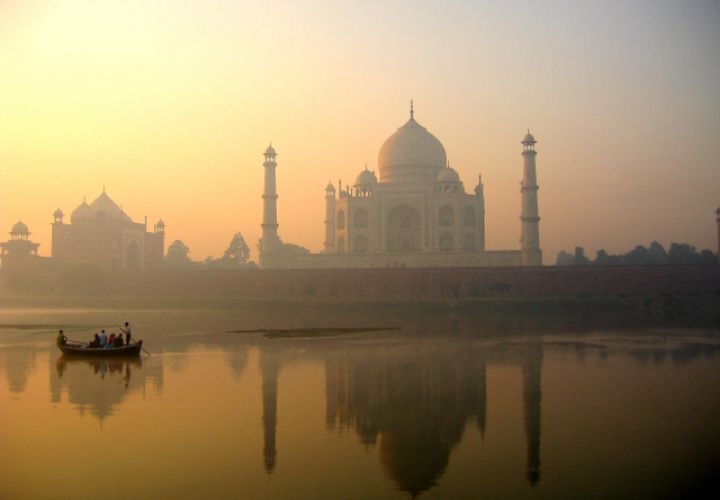Not Enough Water to Interlink India's Rivers
Published on by Water Network Research, Official research team of The Water Network in Academic
The government’s ambitious plan to interlink India’s rivers for better distribution of water across the country may need to be tweaked to factor in the effects of climate change.
An analysis of weather data for 103 years (1901 to 2004) by researchers from the Indian Institutes of Technology in Mumbai and Chennai shows that rainfall has decreased over the years, reducing water stocks even in river basins that have a surplus. The data was collected from 1,384 weather stations of the India Meteorological Department.
 The eight-member team from the Indian Institute of Technology-Bombay (IITB) and the Indian Institute of Technology-Madras (IITM) found a significant decrease in rainfall – more than 10 per cent each in the major surplus basins of the Mahanadi, the Godavari, the Brahmani, the Mahi, the Meghna and the multiple small rivers in the Western Ghats and those flowing east.
The eight-member team from the Indian Institute of Technology-Bombay (IITB) and the Indian Institute of Technology-Madras (IITM) found a significant decrease in rainfall – more than 10 per cent each in the major surplus basins of the Mahanadi, the Godavari, the Brahmani, the Mahi, the Meghna and the multiple small rivers in the Western Ghats and those flowing east.
Only the Brahmaputra river basin showed no decrease in rainfall.
“One of the plans of interlinking of rivers is supplying water from a surplus basin to a deficient one,” said Professor Subimal Ghosh, civil engineering department, IITB.
“But if the surplus basin itself shows a declining trend of water availability, they will find it difficult to both meet their own demands and also supply the quantum of water committed to the deficit river basins. The project may not be sustainable.”
The team has called for a detailed climate change impact assessment for individual river basins that is essential for India’s water management.
“One of the important aspects (for the variability) could be perturbations in cloud and precipitation formation processes due to changes in extrinsic and intrinsic properties of atmospheric aerosols,” said Professor Sachin S Gunthe, civil engineering department, IITM, adding that detailed studies were needed.
Atmospheric aerosols are fine suspended particles with size range of 50 nm (nanometers) to 500 nm that act as a seed for the formation of cloud and precipitation.
The analysis found that Indus and Ganga rivers are deficit basins given the huge water demand for agriculture, industrial and domestic sectors that are met by ground water rather than rainfall.
Source: Hindustan Times
Media
Taxonomy
- Water Scarcity
- River Engineering
- River Engineering
- India
2 Comments
-
Why water is required in excess than available and why there is surplus in some basins. This has to be critically examined. The water of west flowing rivers has not been diverted to the east side of the hill ranges on western side of the Karnataka state. Nobody is objecting to it. But it could not be done . Why ? This explains that our conscious is not good, when we talk of interlinking of rivers. We want want to bring water from politically weak areas to politically strong areas of India, which may cause heart burning among losers. After some time these so called politically weak areas may become strong, then the water will stop coming to beneficiaries through interlinking of projects. What will than happen to the huge money invested on interlinking projects. To avoid such a situation, government of India may seek public opinion by way of referendum or other methods and get the interlinking projects approved by the people of beneficiary and loser areas. Gandhi Sagar dam is an example of such a situation.
-
More Important question is:
LONG-TERM SUSTAINABLE SOLUTIONS FOR TRANS-BOUNDARY RIVER WATER RESOURCES DEVELOPMENT IN SPACE AND TIME!
Here We are Talking of Trans-Boundary River Basin’s Water Utilization Problems among Its Co-basin States and Their Concerned Stakeholders Involved!
So the questions 7 in numbers facing now are of:
WHICH, WHAT AND WHY WATER?
BUT WHOSE WATERS; FROM WHERE AND WHEN, BUT THEN FOR WHOM!
DO WE KNOW ABOUT IT?
Dinesh